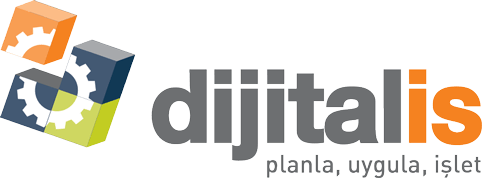"Can we do it?" is the essence of supply chain planning.
To answer the question "Can we do it?" requires data-driven analytical methods. Companies managing the most complex supply chains in the world use Supply Chain Guru software to find these answers. With the industry's most robust modeling, optimization, and simulation capabilities, the software ensures the provision of safe and accurate answers to the most challenging problems.
Analyze alternative strategies!
Simulate hundreds of scenarios related to your supply chain and compare the results side by side to answer your questions. Make strategic decisions more quickly, establish a capacity infrastructure that responds quickly to planned and unplanned shutdowns. Discover threshold values that could disrupt your operations through sensitivity analyses and determine the most suitable strategy before these situations occur. To achieve your business goals, you need to design your supply chain and optimize it in terms of cost, service, and speed. Supply Chain Guru gives you this power directly and eliminates your dependence on external sources for such decisions.
Visualize your supply chain!
Supply Chain Guru provides you with numerous opportunities to diagnose opportunities and inefficiencies in your supply chain. Using data collected from various sources, you can create a digital twin of your supply chain from end to end. Through numerical and visual reports on a map infrastructure provided by such a digital twin, you can visualize your current operations in an understandable manner and easily see areas for improvement and their potential. This transparency and clarity are necessary for aligning all functions within your organization and making the right decisions.
Simulate to find the best decision!
By simulating, you can predict the behavior of your supply chain in advance and take precautions today;
See the impact of increasing/decreasing customer demands on a timeline and understand the decisions you need to make for each period,
Understand when to add additional capacity to every point in your supply chain network; such as supplier capacity, production facility and distribution center addition, additional transportation needs, etc.,
Conduct cost/benefit analyses by testing different production and distribution strategies,
Apply stress-test scenarios to your supply chain to identify future risks today,
Identify synergy, consolidation, and cost-saving opportunities during company acquisitions and mergers.
Simulate to see potential scenarios!
You can simulate the supply chain under the dynamics of real life. Simulating each order, shipment movement, and making point decisions simulates what will happen in real life in a digital environment. By foreseeing unforeseen circumstances, you design action plans to mitigate risks.
